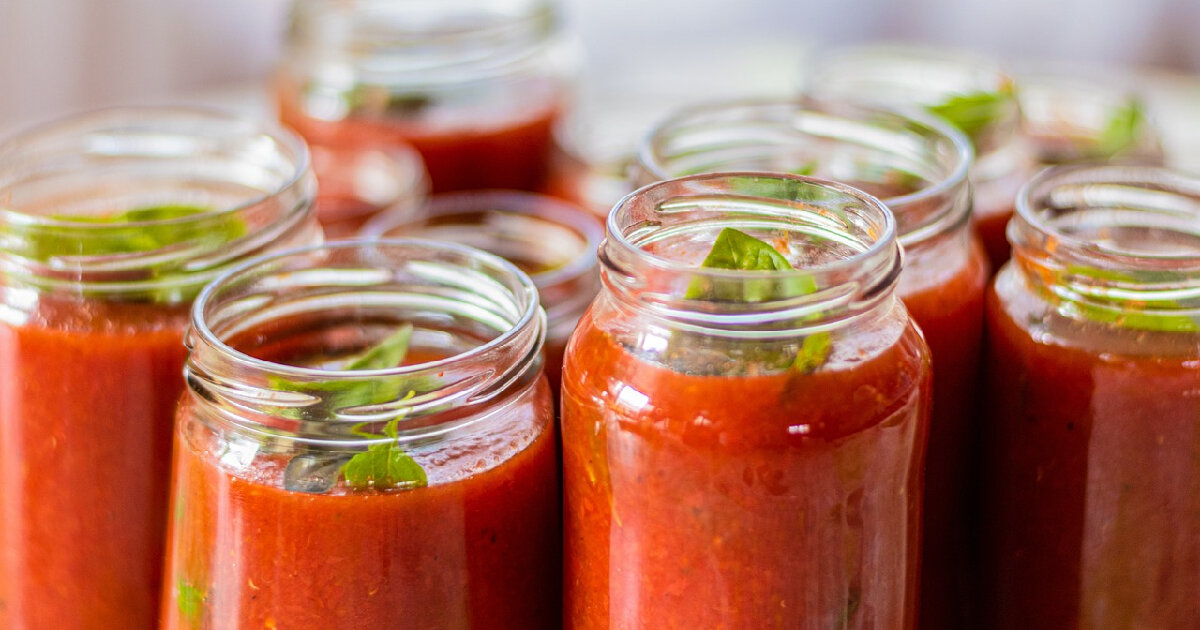AUBURN UNIVERSITY — There is hardly anything more quintessentially southern than tomatoes. Whether used as a base for soups or simply sliced for a good old 'mater sandwich, tomatoes are true …
This item is available in full to subscribers.
Please log in to continue |

AUBURN UNIVERSITY — There is hardly anything more quintessentially southern than tomatoes. Whether used as a base for soups or simply sliced for a good old 'mater sandwich, tomatoes are true summer favorites. To enjoy their goodness year-round, people can turn to the world of canning as a means of preservation.
"Tomatoes are plentiful this year, and a lot of people are asking questions about how to can them," said Angela Treadaway, an Alabama Cooperative Extension System food safety and quality regional agent. "There is some misinformation out there, so it is important to know the proper way to safely can your tomatoes."
Tomatoes are traditionally canned using a method known as water bath canning. This is where lidded jars are immersed into boiling water (212 degrees Fahrenheit) for a set amount of time to kill harmful bacteria and vacuum seal the jars. Other high-acidic foods that use this method include pickled products, jams, jellies and most other fruit products.
To prevent the growth of bacteria that causes acute food poisoning (botulism), canned foods must have a pH level of 4.6 and lower. Today, many of the tomato varieties grown are not as acidic as varieties grown in past years. They typically have a natural pH level between 4.6 and 4.8. This has caused recommendations to change when water bath canning tomatoes.
To reach the correct pH level, foods that are naturally low in acid are usually preserved using the pressure canning method. While there are some tomato products that require this method, the U.S. Department of Agriculture recommends that people simply add acid to tomatoes before water bath canning them. This helps prevent the possibility of food poisoning and other bacterial concerns, all while keeping the traditional preservation method.
There are two options for adding acid to tomatoes before canning. The first and preferred option is adding lemon juice or citric acid. For quart jars, add 2 tablespoons of bottled lemon juice or 1/2 teaspoon of citric acid. For pint jars, add 1 tablespoon of bottled lemon juice or 1/4 teaspoon of citric acid. The second option is adding vinegar.
"You can use vinegar, but it may change the taste of the tomatoes," Treadaway said. "If you decide to use vinegar, add 4 tablespoons per quart and 2 tablespoons per pint."
The acidifying and water bath canning combo is not suitable for all tomato products. Ones that still require pressure canning include the following:
For more information about proper canning methods, check out the Alabama Extension publication, "Wise Methods of Canning Vegetables," available at www.aces.edu.